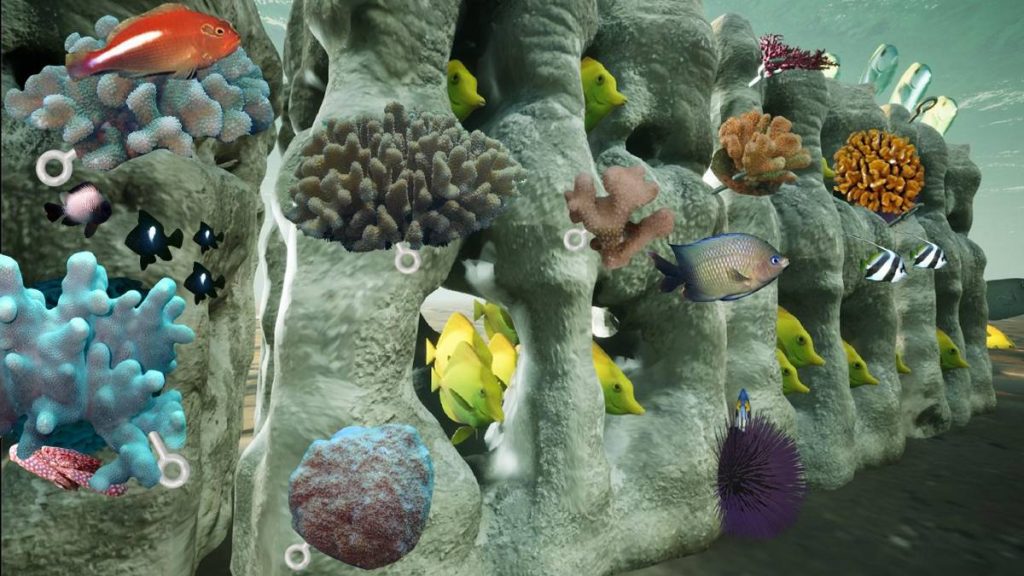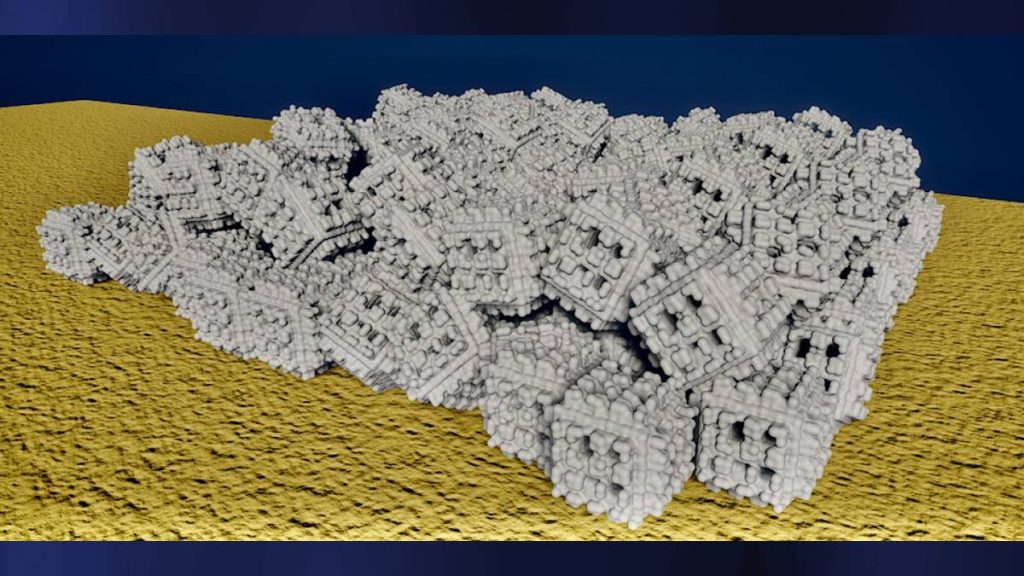$9M grant aims to restore Waikīkī reefs with coral nurseries

A coral reef restoration project off iconic Waikīkī Beach has been recommended for a $9 million grant by the National Oceanic and Atmospheric Administration’s Office of Habitat Conservation.
The REEFrame project is a partnership by the University of Hawaiʻi at Mānoa, Conservation International, the Hawaiʻi Division of Aquatic Resources, the ocean technology firm Natrx, the ocean engineering firm Oceanit, and workforce development nonprofit ClimbHI. The project will run from summer 2023 to mid-2026.
“Many reefs in the region are now so degraded that there is little living coral, collapsing to the point where they no longer provide shelter for fish,” said the REEFrame science lead Mark Hixon from UH Mānoa’s School of Life Sciences. “Unfortunately, many reefs around Oʻahu and other highly populated Hawaiian Islands now have few parrotfish and other seaweed eaters. Our reefs are in danger of being lost to ocean warming unless we help them recover with these interventions.”
This initiative is one of nearly 150 projects across 30 coastal and Great Lakes states and territories that were recommended to receive a total of $562 million.
Vice President Kamala Harris made the announcement on April 21. The awards are made under NOAA’s Climate-Ready Coasts Initiative and are funded by the Biden-Harris Administration’s Bipartisan Infrastructure Law and bolstered by the Inflation Reduction Act.
Planning and working with local stakeholders and pending numerous permits, the team is proposing to build two permanent coral nurseries—each about 100 feet by 100 feet and about 6 feet tall—on a bare rock seafloor in about 55 feet of water about ¾ mile off Waikīkī Beach.

Construction could begin by 2025 after specific plans, environmental studies and permits are finalized. Made of stacked 3D-printed concrete modules in organic shapes with many holes and overhangs for fishes and other sea life, the nurseries are intended to serve two purposes:
“Corals of opportunity,” which are living coral colonies dislodged by storms, ship groundings, anchor drags or other disturbances, will be attached to the structures for temporary keeping until they are later transplanted to areas lacking coral.
By attracting fish, especially parrotfish (uhu) and other seaweed eaters that keep reef surfaces clean so corals can flourish, the complex structure of the nurseries will gradually be colonized by naturally settling coral larvae, eventually becoming coral reefs in their own right.
The team will consult with local and cultural organizations during the design phase of the project, learning from ocean users, incorporating historical Indigenous practices where appropriate, and educating the public about the goals of and science and engineering behind the project.
As climate change continues to warm the oceans, coral bleaching—where heat waves cause corals to turn white and often die—is becoming more common in Hawaiʻi and elsewhere. When corals die, they are soon covered by seaweeds unless abundant uhu and other fish eat them, freeing space for new corals to grow.
Corals are like the trees of a forest, providing habitat for many species. No coral means no reef, no fisheries, no natural breakwaters, and no sustainable sources of new beach sand that reduces coastal erosion as sea levels continue to rise.





